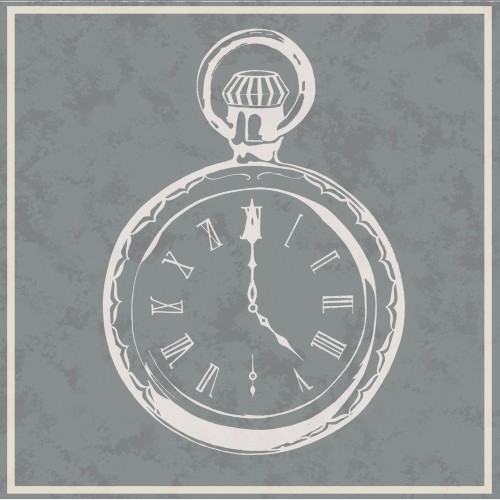 Release Date: February 22, 2011
Release Date: February 22, 2011





Working with her voice as the primary instrument throughout The Magic Place, Julianna Barwick has taken something unique and made it an ethereal listening experience as well. While a lot of experimental artists can fall flat when executing their concepts, Barwick excels, revealing her approach as a natural and evolutionary process.
From the opening strains of “Envelop” through the album’s closer “Flown,” Barwick further establishes herself as somewhat of a modern day Laurie Anderson or Manuel Göttsching in her perfect implementation of concepts. Angelic, haunting and reassuring, the album’s greatest asset is its welcoming feel, which allows listeners to impose their own ideas and thoughts to Barwick’s work, while she gently guides.
The Magic Place is a “time-and-a-place album,” but when and where are entirely up to the individual listeners’ taste.
This holy experience might be exactly what a traffic bound commuter needs to gather oneself, or it could send someone into their dreams as they pass into unconsciousness. Not many albums can make that claim. While calm and soothing, The Magic Place is never boring or repetitive.
The slight flourishes (such as Barwick’s distinct vocals first heard clearly in the closing moments of the title track) give this album a living quality, as if it breathes in different fashions after each listen. Slight piano trickles in and out of songs throughout the album, floating in alongside the airy vocal tracks. The effect creates a distinct feeling, a meshing of sounds where introductions remain hidden in the gales of reverb, but step out of the mix as the ear extracts them.
A step above ambient music’s involvement, Barwick’s Magic Place still requires the listener to contribute to the experience.
Simply putting it on as background can offer its rewards, but a detailed listen will uncover this album’s many treasures. The music has a cinematic quality, as Barwick will surely be tapped to score an independent film sometime in her career. The music invokes simple images and feelings: churches, birds, open fields, snow, desolation, a wintery chill. Yet the album never feels cold or forceful in its direction while avoiding the meandering this concept could have brought with it.
By the time the album reaches “Vow,” the tuned ear is ready for the closest thing Barwick delivers to a hook with a reoccurring chant that could be ignored if it didn’t arrive out of such sonic ambiguity. This kind of haziness serves a purpose in delivering the wordless message of The Magic Place. Using mainly vocals with trickles of piano, the album instead uses massive amount of reverberation to open the field of creativity and production.
While Sigur Rós may have brought this angelic music to the forefront of the independent scene earlier this century, artists like Barwick take nonsensical wails and turn them into angelic beauty, much like the Icelandic pioneers.
At the arrival of closer “Flown,” Barwick sheds some of the expansive effects on her voice with a cleaner, choir-like delivery, this time hitting closer to Elisabeth Fraser’s work with the Cocteau Twins on vocals and electronic pioneer William Orbit as far as the composition of the song itself.
Julianna Barwick calls upon her influences in oblique and interesting ways.
Trying to trace The Magic Place back into the lexicon of music is an instant dead end, with only a few solid mentions of where her material could have come from. While going back to something as old and common as the human voice, Barwick has found something new and is still able to deliver a highly listenable experience.
Julianna Barwick – The Magic Place tracklist:
- “Envelop”
- “Keep Up the Good Work”
- “The Magic Place”
- “Cloak”
- “White Flag”
- “Vow”
- “Bog in Your Gait”
- “Prizewinning”
- “Flown”


